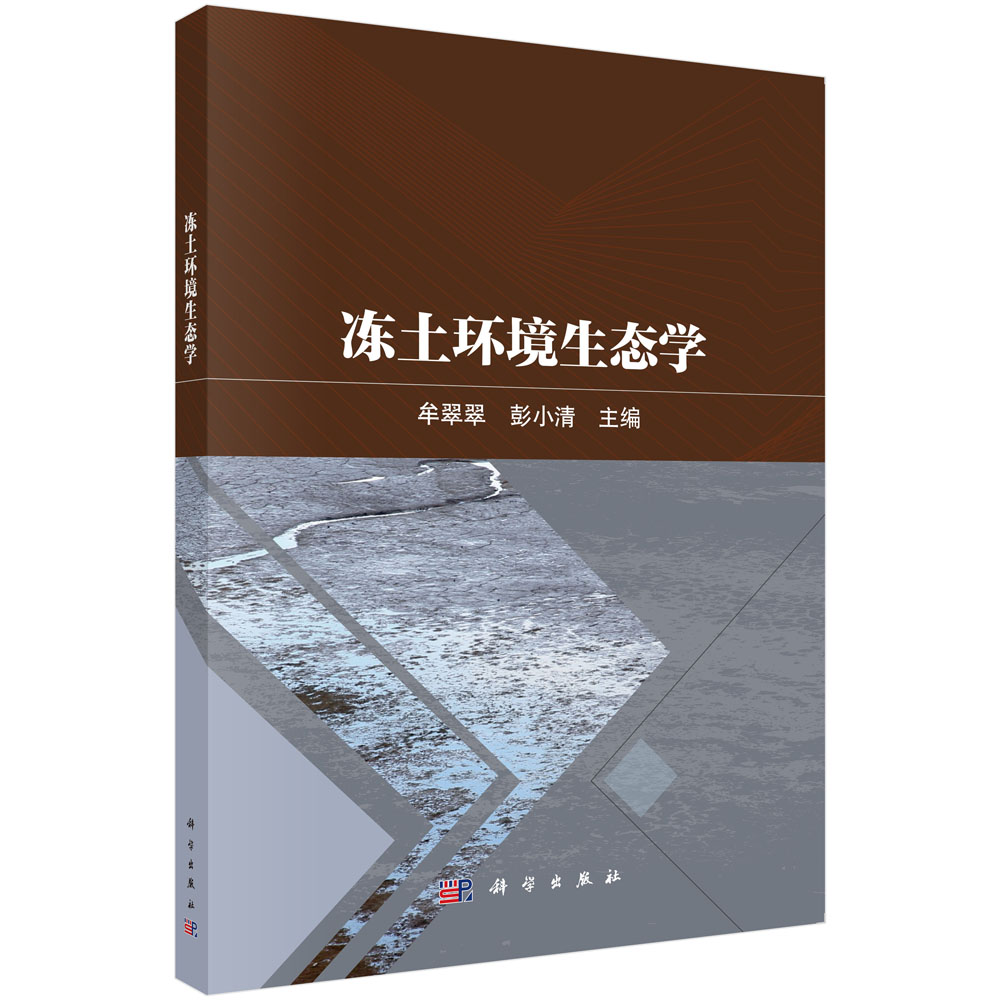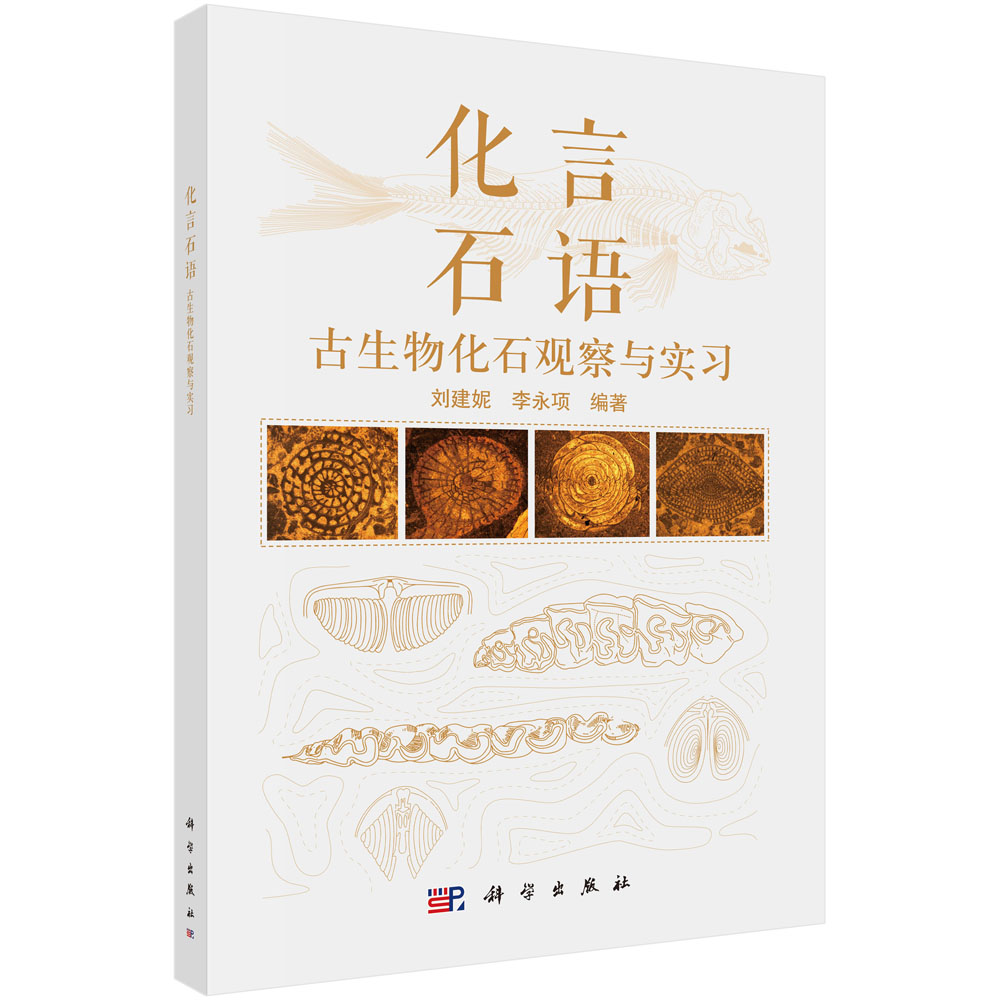目录
- Foreword to the Series
Foreword
Preface
CHAPTER 1 GENERAL INTRODUCTION
1.1 Global CO2 flux networks
1.2 Methods used in CO2 flux estimation
1.3 Advances in CO2 flux study by ecophysiological method
1.4 Questions to be considered
1.5 Research objectives and goal0
CHAPTER 2 STUDY SITES
2.1 Environmental conditions
2.2 Stand structure and experiments
2.3 Equipments setting
CHAPTER 3 FUNCTION OF LARCH CANOPY
3.1 Photosynthetic difference in different position of one canopy
3.2 Photosynthetic seasonal changes of heterophyllous larch shoots
3.3 Scaling up from chamber measurement to canopy level
3.4 Concluding remarks
CHAPTER 4 RESPIRATION OF STEM
4.1 Comparison among species
4.2 External factors affecting respiration
4.3 Internal factors affecting respiration
4.4 Estimation of total stem respiration
4.5 Concluding remarks
CHAPTER 5 RESPIRATION OF BRANCH AND CONE
5.1 Respiration from branches
5.2 Respiration of cones
5.3 Concluding remarks
CHAPTER 6 RESPIRATION FROM SOIL
6.1 Methodological consideration
6.2 Spatial variation of soil respiration
6.3 Comparison of soil respiration among forest types
6.4 Scaling up of soil respiration and its components from soil-microbe, litter and roots
6.5 Concluding remarks
CHAPTER 7 PHOTOSYNTHESIS OF UNDERSTORIES
7.1 Material and methods
7.2 Results
7.3 Discussion
7.4 Concluding remarks
CHAPTER 8 CO2 FLUX BY EDDY COVARIANCE ESTIMATION
8.1 Material and method
8.2 Results
8.3 Discussion
8.4 Concluding remarks
CHAPTER 9 BIOMASS AND PRODUCTIVITY
9.1 Data acquisition and analysis
9.2 Results and discussion
9.3 Concluding remarks
CHAPTER 10 GENERAL DISCUSSION ON CARBON BUDGET
10.1 NPP comparison among larch forests
10.2 Contribution of respiration to the carbon flux
10.3 Improving the carbon sink capacity in light of respiratory consumption in Northeast China
CHAPTER 11 CONCLUSIONS
11.1 Carbon fixation by dominant canopy, shrubs and grasses
11.2 Respiratory consumption of stems
11.3 Respiration of branches and cones
11.4 Respiration of soil
11.5 Carbon budget of the larch plantation
Abbreviations
References
丛书序言
序言
前言
第1章 绪论
1.1 全球CO2通量网络
1.2 CO2通量的估计方法
1.3 生理生态学方法的研究进展
1.4 问题提出
1.5 研究目标
第2章 研究地点
2.1 环境条件
2.2 林分结构与实验内容
2.3 仪器设置
第3章 落叶松林冠的光合作用
3.1 同一林冠不同位置叶片光合差异
3.2 异型枝叶片光合的年、季变化
3.3 测定室测定到冠层的尺度上推
3.4 小结
第4章 树干呼吸
4.1 种间比较
4.2 影响呼吸的外界环境因素
4.3 影响呼吸的内在因素
4.4 总树干呼吸的估计
4.5 小结
第5章 树枝与球果的呼吸
5.1 树枝呼吸
5.2 球果呼吸
5.3 小结
第6章 土壤呼吸
6.1 测定方法学的探讨
6.2 土壤呼吸的空间变化
6.3 不同林分类型土壤呼吸的年、季变化
6.4 不同土壤呼吸组分的尺度上推
6.5 小结
第7章 林下植物的光合作用
7.1 材料与方法
7.2 结果
7.3 讨论
7.4 小结
第8章 涡度协方差法对CO2通量的初步估计
8.1 材料与方法
8.2 结果
8.3 讨论
8.4 小结
第9章 生物量和生产力
9.1 数据收集与分析
9.2 结果与讨论
9.3 小结
第10章 林分碳收支的综论
10.1 不同落叶松林NPP比较
10.2 呼吸对CO2通量的贡献
10.3 提高林分碳库的建议
第11章 结论
11.1 主林层、灌木和草本层的碳固定
11.2 树干呼吸消耗
11.3 树枝和球果呼吸
11.4 土壤呼吸
11.5 落叶松林的碳收支
缩写
参考文献



















